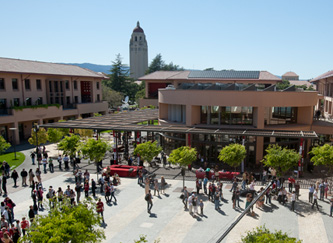THE TRIPLE-A SUPPLY CHAIN: AGILITY, ADAPTABILITY, AND ALIGNMENT
In a global market, companies are faced with diverse customers in geographically distributed markets with very different needs, from highly uncertain market conditions and changing tastes and technologies to the dependency of supply chain partners in the delivery of goods and services. Given such challenges, companies need to be agile and flexible to respond to market uncertainties, adapt to systemic changes in demand and supply patterns, and align the incentives of supply chain partners. This is what the AAA of Agility, Adaptability, and Alignment is about. Together these capabilities form the basis upon which superior value can be created in your supply network.
MANAGING NEW PRODUCT INTRODUCTIONS
New product introduction as a means to compete in a market is not easy. In what dimensions do you want to compete, how do you foresee the responses from the incumbent, how do you ensure that the introduction is smooth without ramp-up problems, and how do you garner the support of your supply network partners?
ADAPTIVE SUPPLY CHAIN DESIGN
A supply chain leader is one who innovates. Innovation can take place in the business process and associated supply chain model, and Crocs is such an example. It defied the shoe industry norm and created a new way to run its supply chain. It took advantage of the strengths of its supply chain partners and business environments, and adapted the supply chain design based on the changing needs and the capabilities of its partners. While hugely successful, it is facing new challenges, which may require new innovations to sustain its competitiveness in the market.
LEADING STRATEGY IN SUPPLY CHAIN MANAGEMENT
Supply chain management is key to your organization’s competitiveness. But how can you and the other leaders improve your organization’s ability to innovate and compete on the world stage, given what you know about your supply chain? During three sessions you will review some of the fundamental ideas from the field of “strategic management” and the leadership implications of these ideas.
Other Selected Sessions
- Building socially responsible and sustainable supply chains
- Value-creating supply chains
- Using advanced technologies for supply chain innovation
- Information-smart supply chains and "sense and respond" strategies
- Cross-functional coordination and collaboration for supply chain excellence
- Leveraging emerging economies as both supply and demand points of the global supply chain








